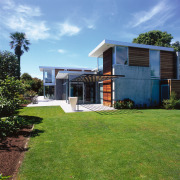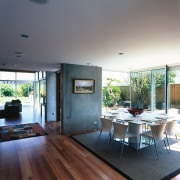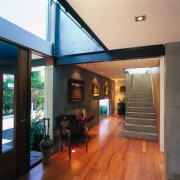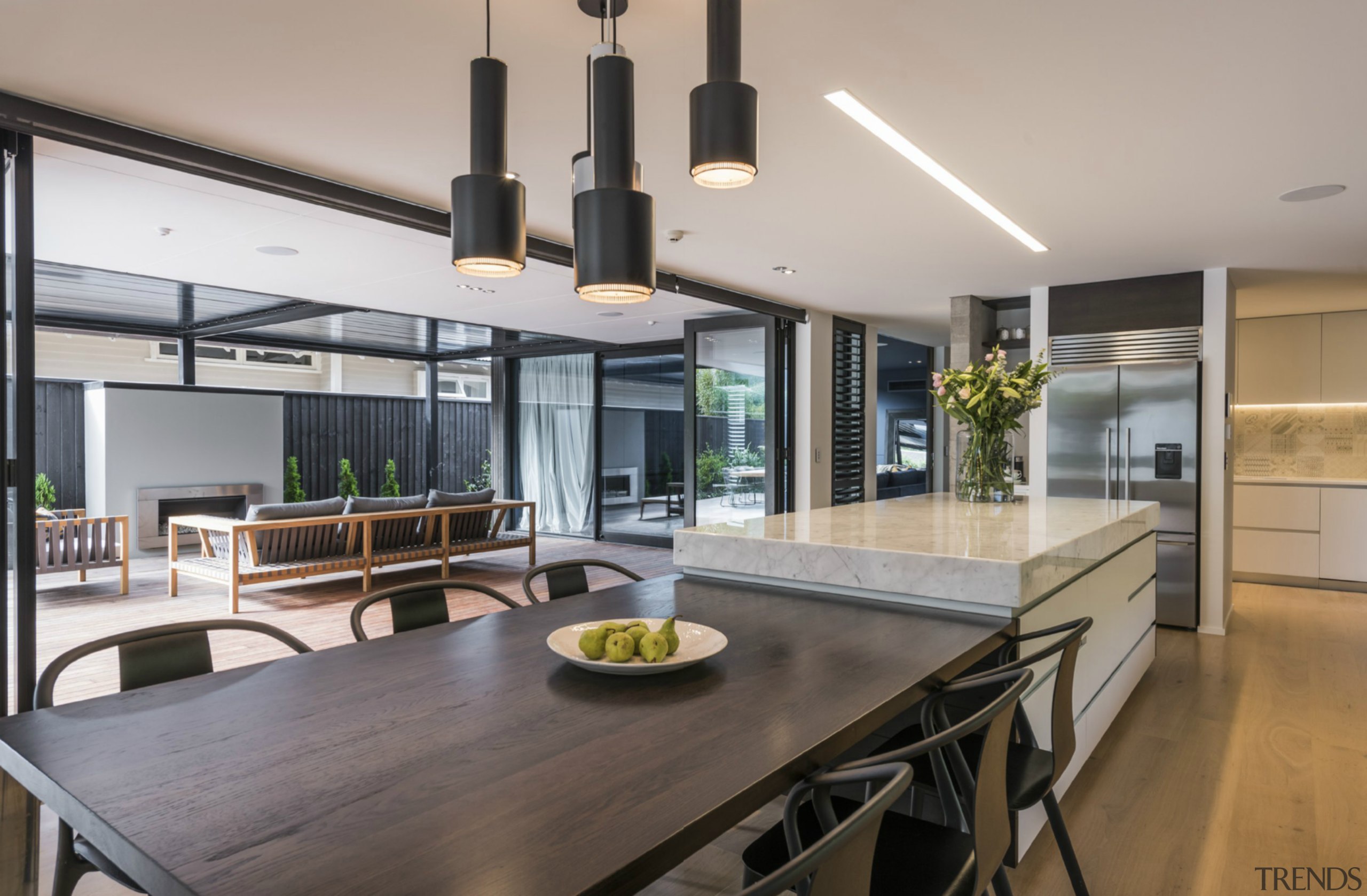Bauhaus for our house
Intersecting lines and planes, a simple, robust palette and an economy of space place this home in the loose tradition of Walter Gropius' architectural legacy
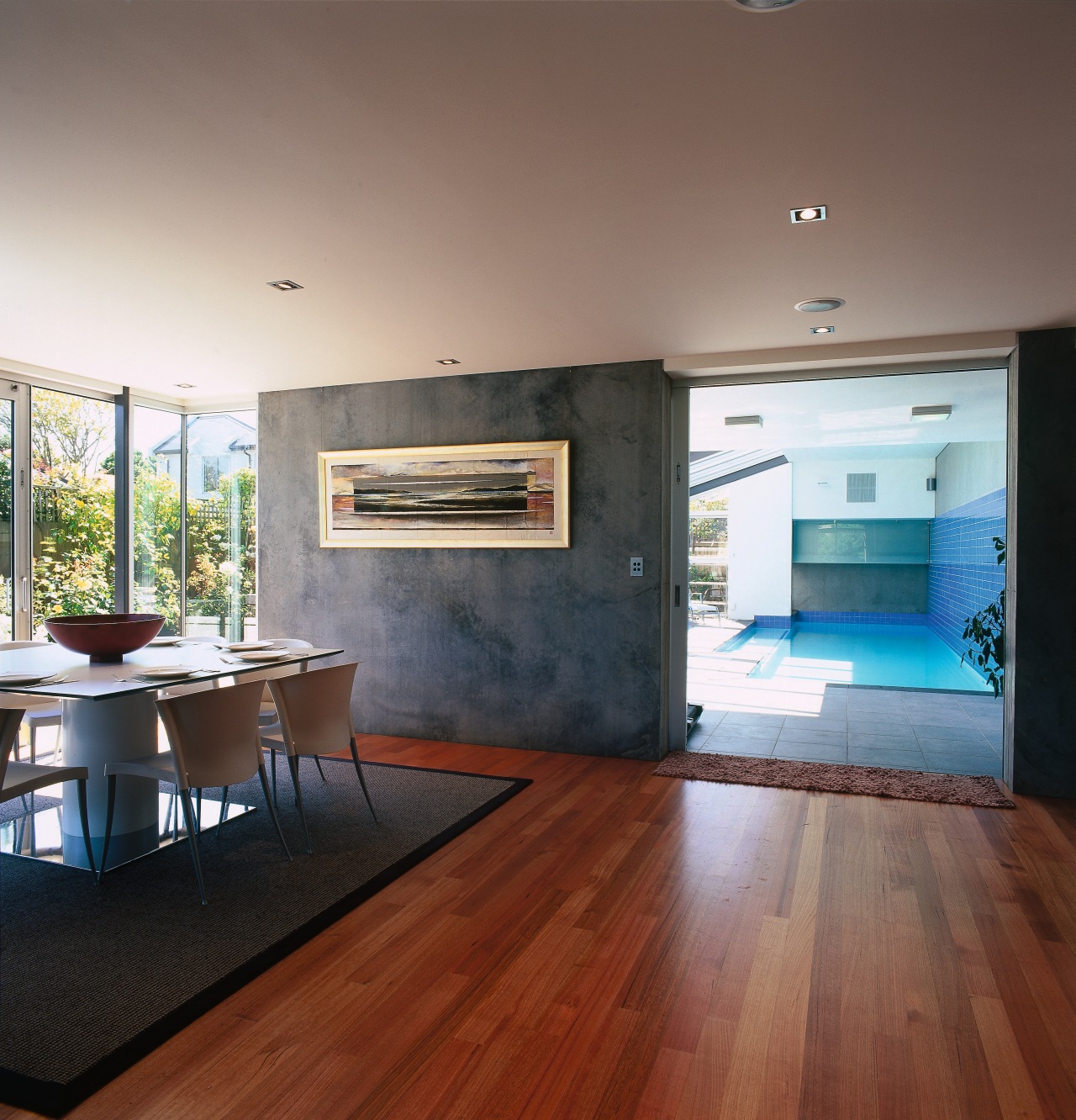
Bauhaus is one of the most distinctive of all architectural styles. A translation of the word from German is "architectural house" and in a style where walls and roofs are often undisguised concrete slabs, it is easy to see why. Direct functionality and radically simplified building forms that take advantage of mass-produced materials are ideas that the Bauhaus movement accentuated and made popular.
This Bauhaus-style residence fulfils many aspects of the 1920s design movement. Architectural firm Sheppard + Rout created a house that celebrates solid forms and a design honesty where the inside-outside walls shape the interior use.
The client wanted a home with an easy connection between living areas other-wise the brief was left open, says architect Tim Dagg, who realized the design first created by fellow architect Jonty Rout.
"We created a clean-lined design with honest materials concrete, wood and glass in the Bauhaus tradition. This style affords many sight lines between the various living spaces and to the outdoors."
The owner, being advanced in years, had requested the master bedroom be located on the ground floor. Also on this floor are the living room, bathroom, dining, kitchen, indoor pool and master bathroom. Upstairs there are further bedrooms, an expansive office and a walk-through gallery that connects the two areas.

In true Bauhaus style, the residence is comprised of massive concrete slabs, punctuated by timber planes, glass panes and window and door openings. The concrete's raw industrial feel is left exposed for the home's exterior and equally unadorned to form the interior walls.
"We used Thermomass concrete, a relatively modern product which is similar to standard concrete but with a polystyrene core," says Dagg.
"This material is extremely energy efficient. It soaks up heat from the sun throughout the day and then radiates this warmth out into the interior through the cooler evening hours, not unlike an industrial version of an adobe home."
These solid concrete planes help direct more than just heat flow in the home, they also create dramatic entrances and indicate pedestrian flow throughout. The south-facing entry, for example, is an opening punched through the large concrete facade, which offers an anonymous public face. A visitor might then enter straight ahead through this door, flanked by two interior concrete walls on either side, and emerge on the sunnier, more private northern side of the residence.
"These monoliths also provide degrees of separation between the living, dining and kitchen areas," the architect says. "From one angle a room has a reasonably private feel, yet from another there might be a sight line from the living area diagonally across to the indoor pool."
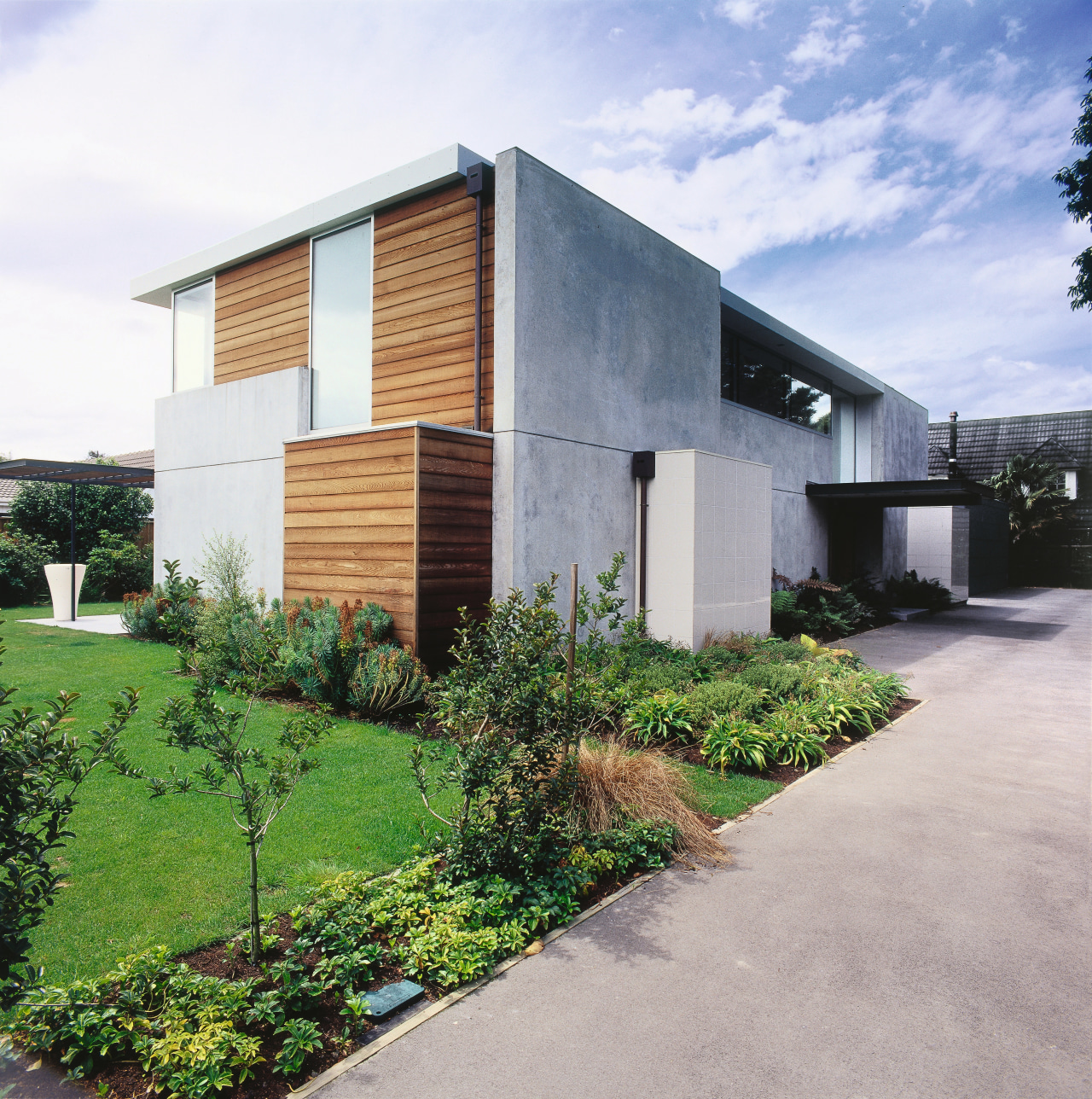
Every aspect of the home has the same feeling of honesty. In the living area, the only space without rooms above it, a raised ceiling has benefited from exposed timber structural beams. These help make a feature of this central living space and add to the masculine feel of the interior.
The kitchen decor is also an exercise in understated simplicity and strength. Its island is fronted with a concrete slab that is in keeping with the larger slabs that partly frame all the living areas.
To further emphasize and enhance the solidity of the walls there is the contrastingly thin and translucent look of glass. Perhaps the most powerful example of this juxtaposition is when visitors at the front door look up into the glass-walled gallery space on the upper level. This seems to be almost hollowed out of the grey concrete mass that surrounds it.
Not only does the home's Bauhaus design maximize the use of all available space, it also goes further visually. The architects designed the house so that sight lines would run the length and breadth of the residence.
"Seeing is believing in a psychological sense, and these extended vistas bring an even greater feeling of space to the interior," says Dagg. "Between the cool concrete, warm cedar floors and panels and visual corridors, the house is a very relaxing place to spend time."
Credit list
Main contractor
Blinds
Roofing
Wallcoverings
Lighting
Kitchen cabinetry
Backsplash
Furniture
Kitchen manufacturer
Exterior
Tiling
Paints and varnishes
Heating
Countertops
Automation Systems
Categories
Story by: Charles Moxham
Home kitchen bathroom commercial design
Diving into nature
Classic looks, contemporary efficiency
Personality plus



